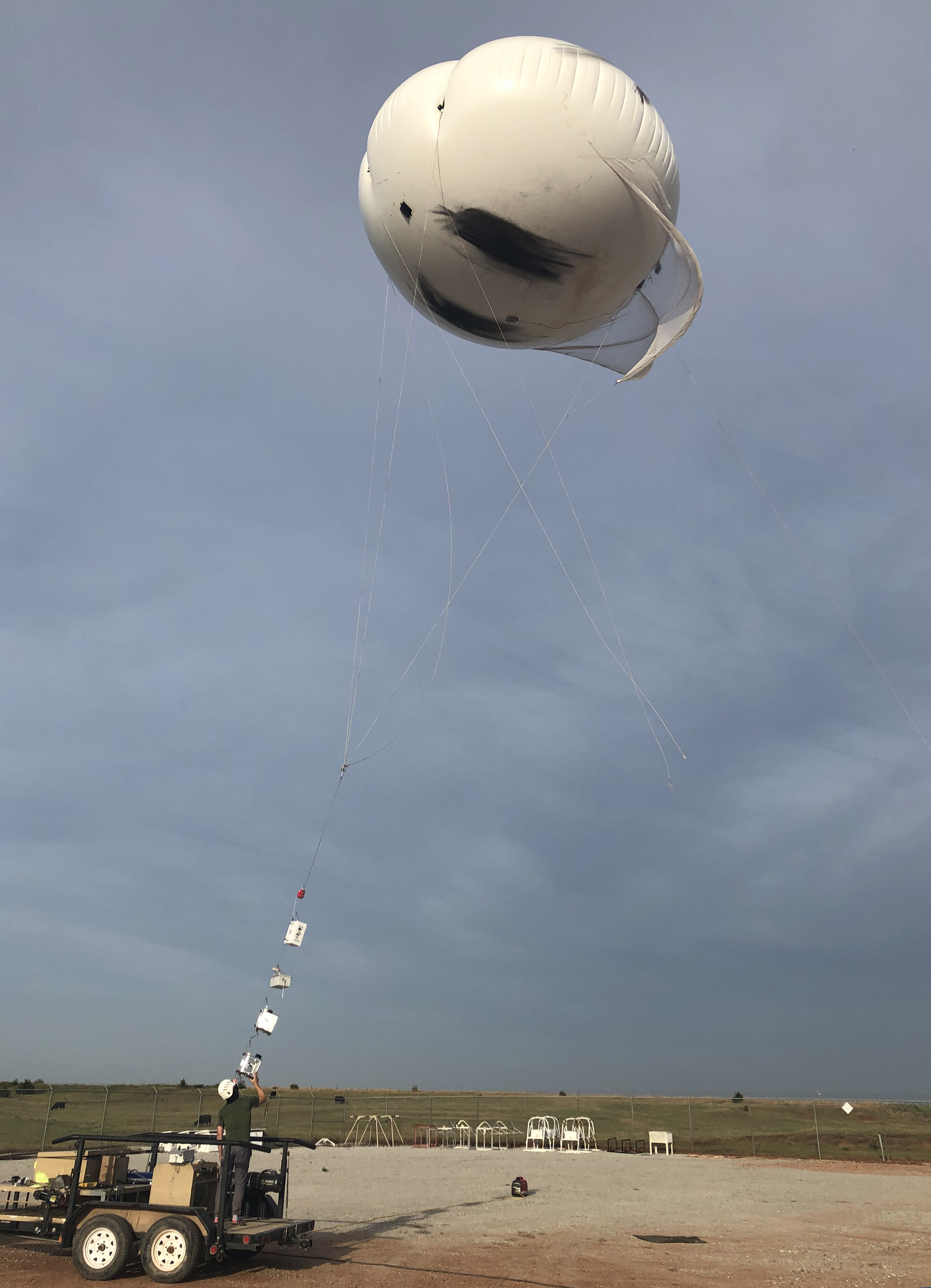Outlining best practices for portable optical particle spectrometer use in atmospheric studies
Submitter:
Schmid, Beat — Pacific Northwest National Laboratory
Area of research:
Aerosol Properties
Journal Reference:
Science
Addressing research questions in meteorology, atmospheric processing, and severe weather monitoring requires acquiring high-quality measurements of atmospheric state, aerosol, and cloud properties with suitable temporal and spatial resolutions. A high-resolution, real-time instrument, like a portable optical particle spectrometer (POPS), allows researchers to capture measurements of aerosol properties and their variations in space and/or time from a fast-moving platform (manned or unmanned). Researchers evaluated how POPS performs and assessed both the instrument operation envelope, the set of limits and conditions within the spectrometer should be operated, and the data quality under relevant environmental conditions. This assessment work provides an essential foundation for making accurate measurements with modern pilotless aerial systems.
Impact
This study serves as a key step in establishing uniform best practices for operating a POPS in pilotless aerial systems. It provides useful operation information for the POPS user, demonstrates the operation envelope of a POPS, and outlines how to consistently achieve high-quality measurement with a modern pilotless aerial system. This work forms the foundation for using a newly deployed instrument and allows researchers to have confidence in their measurements.
Summary
A long-standing problem in atmospheric research has been accurately representing atmospheric aerosol properties. Modern pilotless aerial systems provide a new platform for obtaining in situ atmospheric measurements, but they require miniaturized instrumentation due to their size, power, and weight limitations. A POPS measures the ambient aerosol size distribution with a high time and size resolution designed for deployment on a small unmanned aerial system, or tethered balloon system platforms. This study uses laboratory-based calibration methods to evaluate the performance of a POPS with an upgraded laser heater and additional temperature sensors in the instrument’s aerosol pathway. The POPS maintains performance in a range of environmental conditions, as long as the laser temperature remains above 25 °C and the aerosol flow temperature inside the optical chamber is 15 °C higher than the ambient temperature. The POPS produced comparable results to an ultra-high-sensitivity aerosol spectrometer, a similar full-sized instrument used for atmospheric observations. The aerosol chemical composition and morphology affect the sizing accuracy of both instruments, but their influence is more profound on the POPS. These results confirm that POPS can provide high-resolution aerosol measurements with a small footprint, making it an ideal scientific-grade instrument for atmospheric research pilotless aerial systems.
The Atmospheric Radiation Measurement Aerial Facility operated the POPS for the tethered balloon system deployment since 2017.


